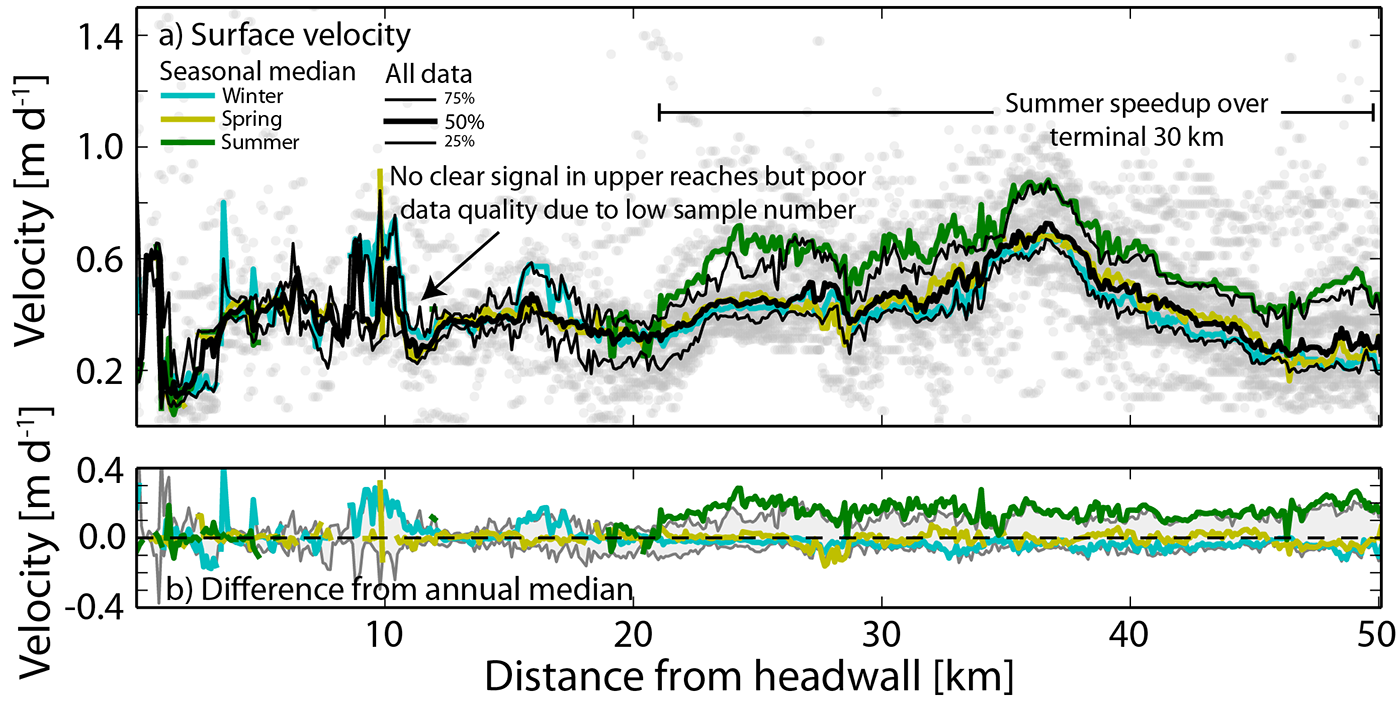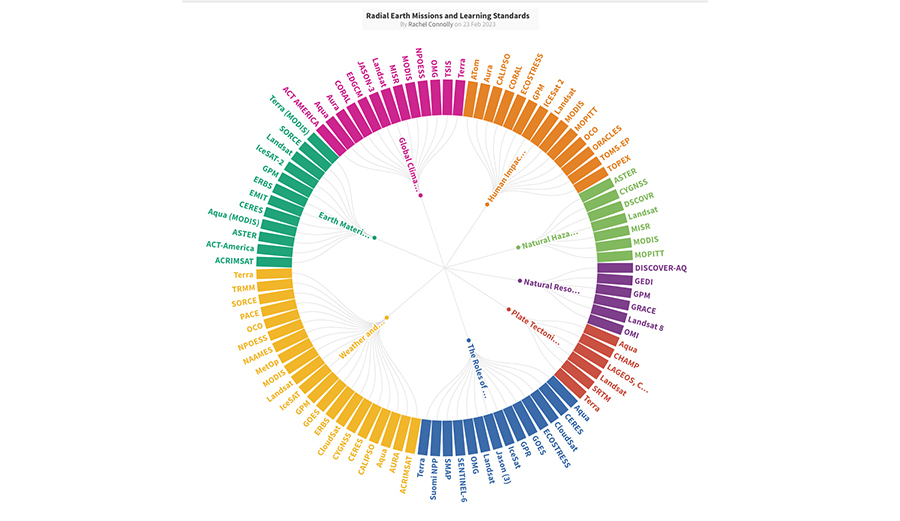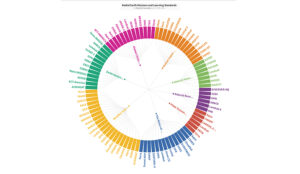
credit: Wrangell-St. Elias
Presentation Title
Patterns of glacier basal motion across southcentral Alaska from cross-correlation of Landsat imagery
What are the major findings of this research?
We document patterns of glacier summer speedups associated with meltwater lubricating to the ice-bedrock interface. We find similar patterns from glacier-to-glacier, with 60-80% of the glacier length speeding up by ~10-20 cm/d. We find speedups generally cannot extend up-glacier up steep icefalls, which may indicate a change in glacier behavior at these locations.
What are the implications of your findings?
These findings help us understand the mechanics of glacier motion, which can help us better model and predict how glaciers will change, as well as how glaciers will erode alpine landscapes over geologic time.
What insight did you gain from Landsat that would have been impossible to glean otherwise?
We use Landsat 8 to document glacier velocity patterns on a mountain-range-wide scale. Mapping glacier velocity is facilitated by Landsat’s high radiometric resolution (i.e., how many shades of gray it contains along the spectrum from black to white) and precise geolocation (i.e., mapping of image pixels to a location on the earth’s surface).
What are the mechanics of glacier basal motion?
In summer, crevasses and moulins transport meltwater from the glacier surface down to its bed. At the bottom of the glacier, liquid water lubricates the ice-bed interface and facilitates glacier sliding like a puck on an air hockey table. Once the glacier becomes accustomed transporting large volumes of meltwater, water pressure at the bottom of the glacier decreases and the air-hockey effect ceases, causing the glacier to slow.

Co-authors:
Robert S Anderson
University of Colorado at Boulder
Mark A Fahnestock
University of Alaska Fairbanks
Allen Pope
National Snow and Ice Data Center
This research was made possible by NSF funding as well as funding from the Earth Lab initiative at the University of Colorado at Boulder.
Anyone can freely download Landsat data from the USGS EarthExplorer or LandsatLook.
Further Reading:
+ Landsat Abounds at #AGU16

Undamming the Klamath
Between October 2023 and October 2024, the four dams of the Klamath Hydroelectric Project were taken down, opening more than 400 miles of salmon habitat.





